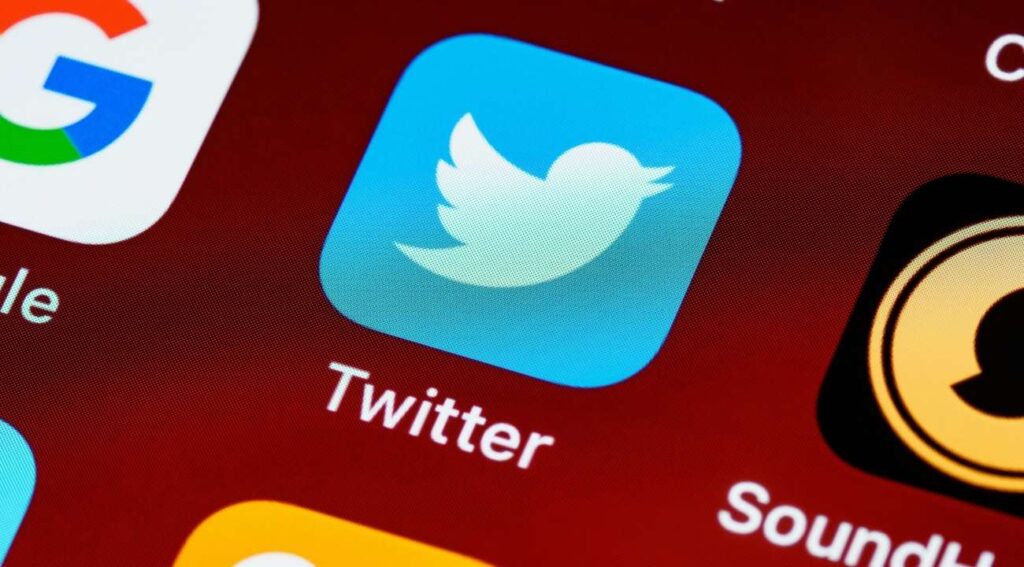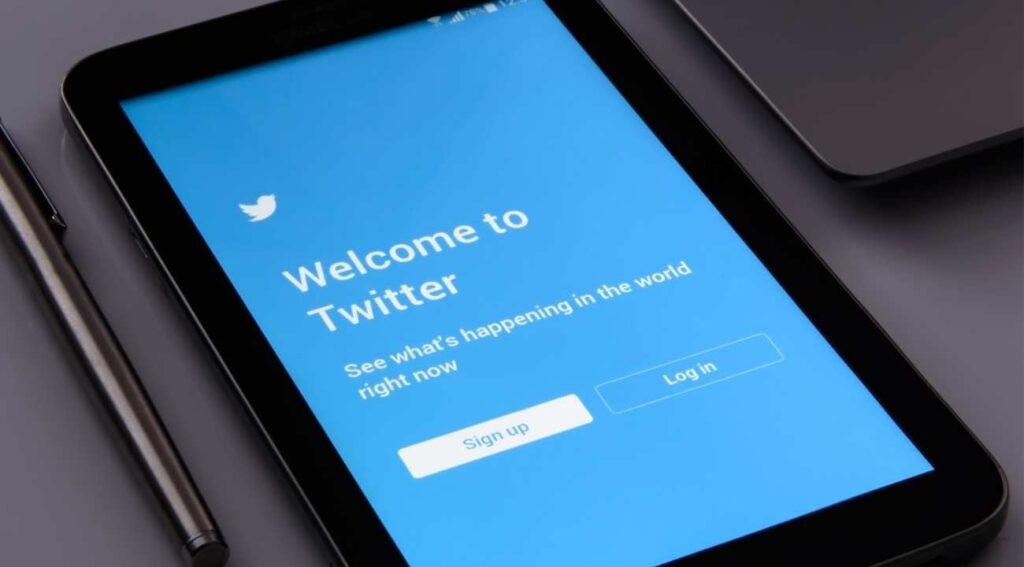Table of Contents
In just 15 years, Twitter has become one of the most popular social media platforms in the world. Twitter is also responsible for the popularization of online microblogging, which we lovingly call “tweet”, on the internet and all forms of media. Even though Twitter does not offer the typical advertising specialties as Facebook or Google does, yet they still managed to generate a revenue of over $3.7 billion as of July 2020. So, how does a platform like this, is generating this huge amount of revenue?
Overview Of Twitter
Evan Williams, Noah Glass, and Biz Stone worked on a podcast aggregator and publishing platform called Odeo. Jack Dorsey once got involved in the project, giving Evan Williams the idea of a text message-based status-updating platform. After the idea got approved, Noah Glass selected the name “Twitter” for this new project.
Since its official launch on 21 March 2006, Twitter became a pioneer as an online micro-blogging platform that lets users post short status updates with the option of attaching images or videos. These added options of images and videos were added to keep up with competitors like Facebook.
Twitter initially had a 140 characters limit which has been doubled to 280 characters due to user demand and for users to share their thoughts, news, real-time information, and even jokes. Since the platform continues to grow in popularity, activists, politicians, and leaders around the world have adopted the platform for easy interaction with the tech-savvy generation.
According to Forbes Magazine, Barack Obama, the 44th President of the United States, has been called the “first social media president.” Along with the opportunity for easy interaction with users, the number of fake users on this Twitter platform is much less than on other social media, especially Facebook. According to Statista, while the percentage of fake accounts on Twitter is only 4 percent, the number of fake accounts on Facebook is 16 percent.
As a result, celebrities, journalists, news media, brands, and even politicians prefer Twitter over other social media platforms. Due to Twitter’s open and transparent policy, there are very few restrictions on any type of content on the platform. In addition, Twitter has brought a unique opportunity for celebrities and brands to engage with users in real time.
As of July 2021, according to a report by Statista, the monetizable daily active users have now reached 206 million. These users are tweeting 500 million tweets per day, with an average of a staggering 200 billion tweets per year as of May 2020.
Platforms like Facebook and Google with their multiple revenue-generating products like Facebook’s mobile app, Whatsapp, Instagram and Google’s Android, Play Store, Google Workspace, and more. Whereas, Twitter operates through just one (with the added benefits of MoPub) but they still managed to bring in over $3.7 billion of revenue in 2020, which is a growth of 168% compared to their $2.2 billion revenue in 2015, with the current market capitalization of $53 billion.

So, How Is Twitter Making Money?
Twitter holds a massive amount of public user information which includes user preferences, demographics, location, and overall activity on the platform. This information is stored in Twitter’s database which they utilize through two of their revenue-generating business segments:
- Advertising Services
- Data Licensing
Advertising Services
Twitter announced its offering of Advertising Services in April 2010. Its largest portion of revenue is generated by Advertising Services, which is 86% of the total contributing $3.2 billion as of 2020. Twitter’s Advertising Services consist of mainly 3 products: Promoted Tweets, Promoted Accounts, and Promoted Trends.
Promoted Tweets
Out of the millions of tweets, we see every day, there is a specific category of tweets labeled as promoted. Twitter algorithms try to place the “promoted tweets” to place it on relevant users’ timelines who might be interested in the product or service provided by the tweeter. Twitter’s algorithms target users, based on their preferences, likes, and dislikes.
This service is used by companies like Amazon, Spotify, Louis Vuitton, Lego, Volkswagen, and more to promote discounts being offered, product teasers, product launches, reviews, and any other announcement they want to make. Promoted tweets are also used by influential individuals like Barack Obama, Narendra Modi, Cristiano Ronaldo, Ellen DeGeneres, and many more to help gain extra traction and engagement.
Promoted Accounts
Twitter suggests to users “Who to follow” based on user preferences, demographics, and overall activity on the platform. New brands can use this service to promote themselves and similarly, established brands can boost their campaigns. Using Promoted Accounts, advertisers can create a community of Twitter users who want to be in direct contact with the brand or just are interested in the brand’s product or services.

Promoted Trends
Trending topics are what the majority of the people are talking about on the platform and it is displayed in the “Explore” section. The trending topic may vary based on demographics, location, user preferences, likes, and dislikes.
A promoted trend is displayed as Hashtags and on a per-day-per-geography basis. For example, with the rise in curiosity regarding cryptocurrency, #Crypto is a trending topic. Companies or brands can promote their hashtags and create a buzz on the platform.
These 3 products are offered in 5 different categories which are Promoted Ads, Follower Ads, Twitter Amplify, Twitter Takeover, and Twitter Live.
Data Licensing
Twitter brings in revenue through data licensing in two ways:
- Data insights access;
- Mobile advertising exchange services.
Data Insights Access
The millions of tweets being sent every day hold an enormous amount of data that can be extracted by Twitter. Twitter uses data licensing to sell subscriptions to the use of the extracted data to companies and developers. API stands for Application Programming Interface, and it allows two programs to communicate with one another.
We use an API every time we use an app like Facebook or Twitter, send an instant message, or check the weather on our phone. Only Twitter’s partners and companies that subscribe to the premium APIs can have permission to search and analyze real-time data found in public tweets. By evaluating and analyzing this rich data, businesses can cater to consumer needs more personally & developers can create a product that is relevant & effective.
Mobile Advertising Exchange Services
In 2013, Twitter acquired the mobile advertising exchange service providing the platform, MoPub. Using this platform, website or mobile app developers can easily monetize without sacrificing user experience. Twitter made 18 million in 2020 from MoPub. But on October 6, 2021, Twitter announced that it was selling MoPub to a mobile game marketing company called AppLovin for 1.05 billion.
Subscriptions
In announcing the sale of MoPub, Twitter CEO Jack Dorsey said that the sale of MoPub would allow them to focus more on their product development and increase their overall revenue. In addition, Twitter aims to increase the number of daily active users on the platform to 315 million by 2023 and double the revenue to 7.5 billion.
Although it is not yet clear how Twitter intends to do this, the idea is that Twitter wants to introduce a subscription model as they increase the number of its services and features. As a result, their revenue is likely to increase. That’s why Twitter has already added various subscription-based features like Twitter Blue, Super Follows, and tips.
Twitter has also recently added new features like Twitter Spaces or Tweet Deck which will make more users interested in using their platform. They are adapting features from other social media sites like Snapchat with Fleets, which are tweets that vanish after 24 hours.
Since Twitter is regularly adding new features and revenue sources to its platform, it is impossible to anticipate how Twitter will expand its revenue or which business model will it follow as its primary revenue source in the future. According to Reuters, in terms of user, revenue, and company valuation, the growth of this social networking company is comparatively slower than other companies. It remains to be seen how successful Twitter will be in increasing its user and revenue through these recent updates.










Leave a Comment